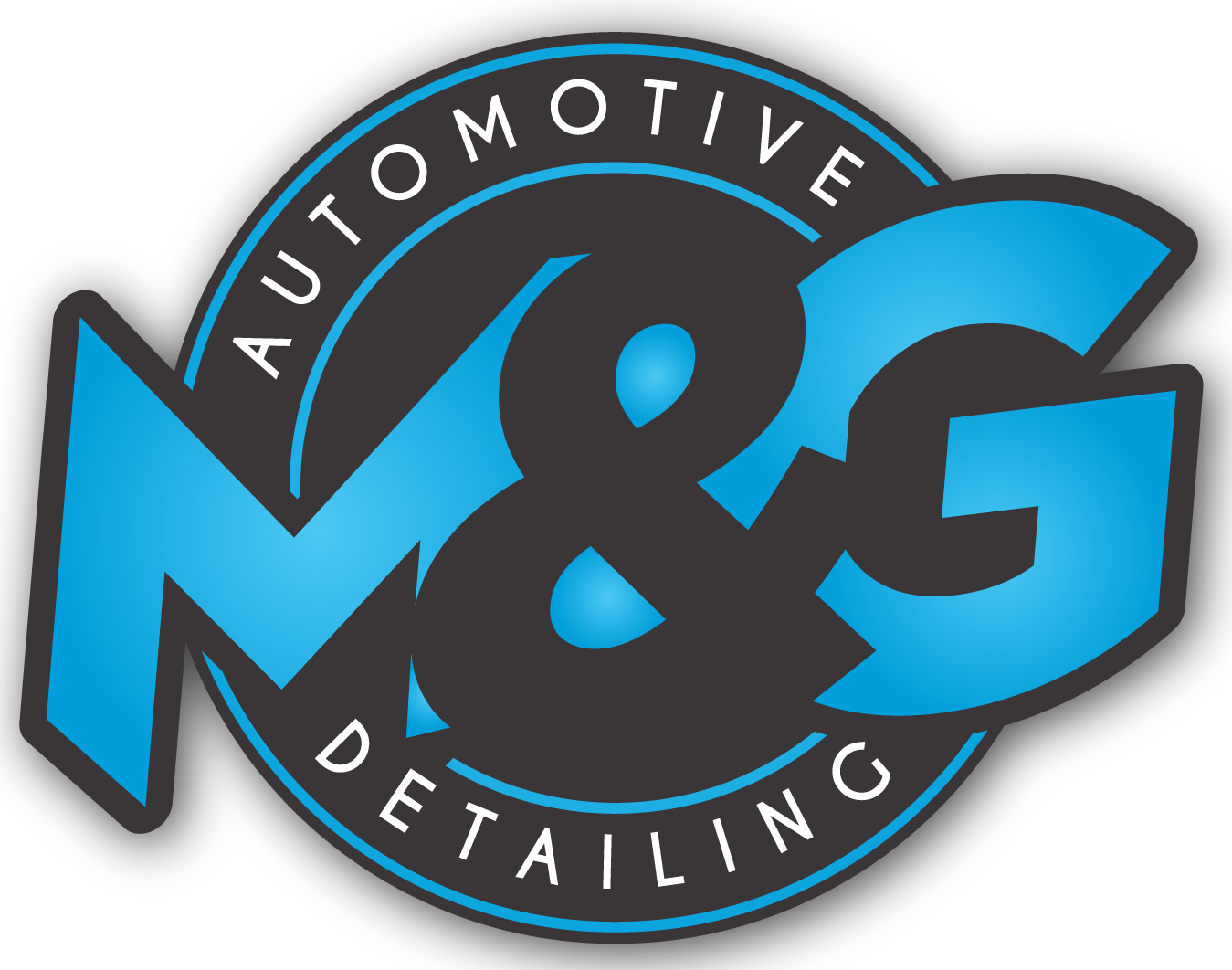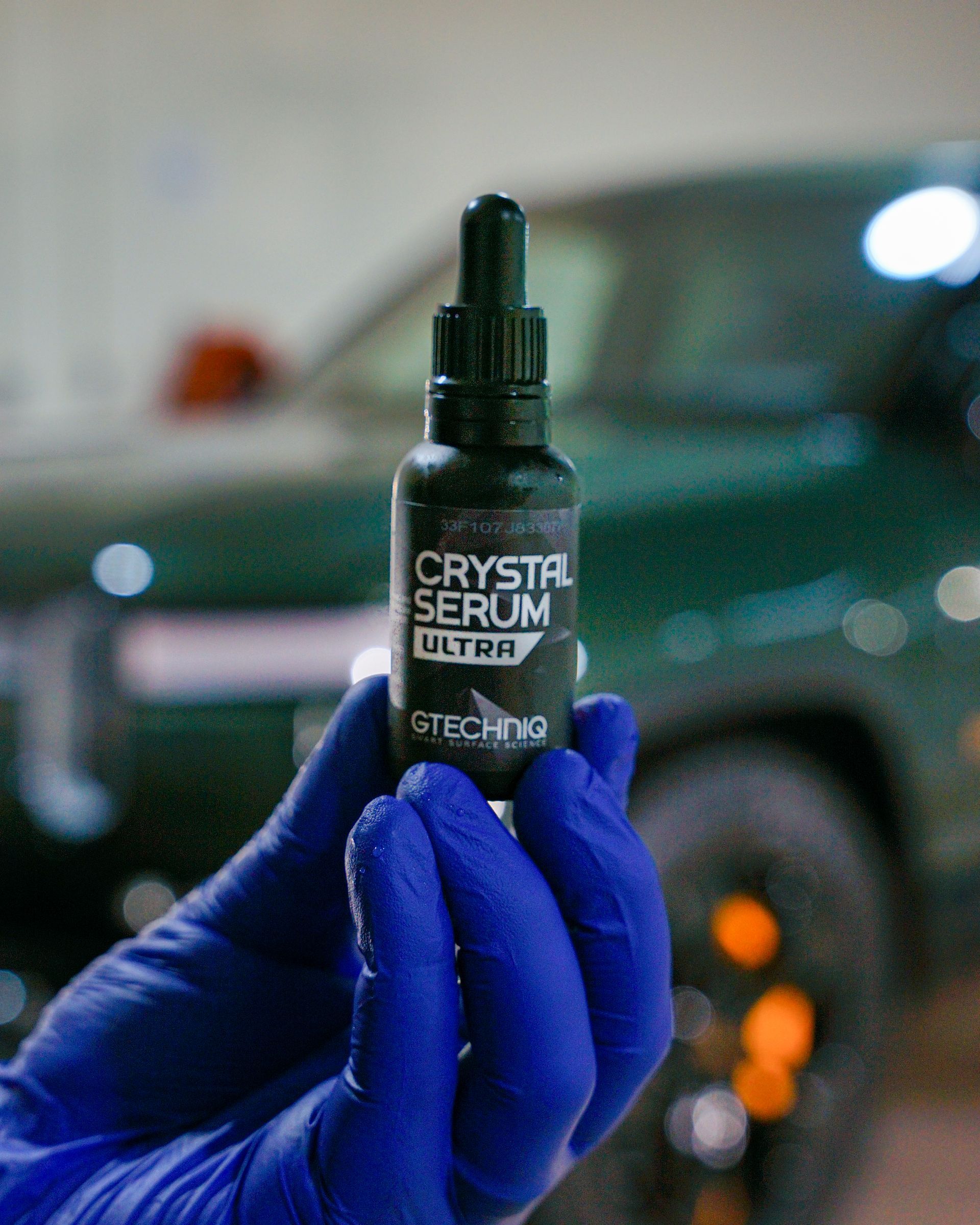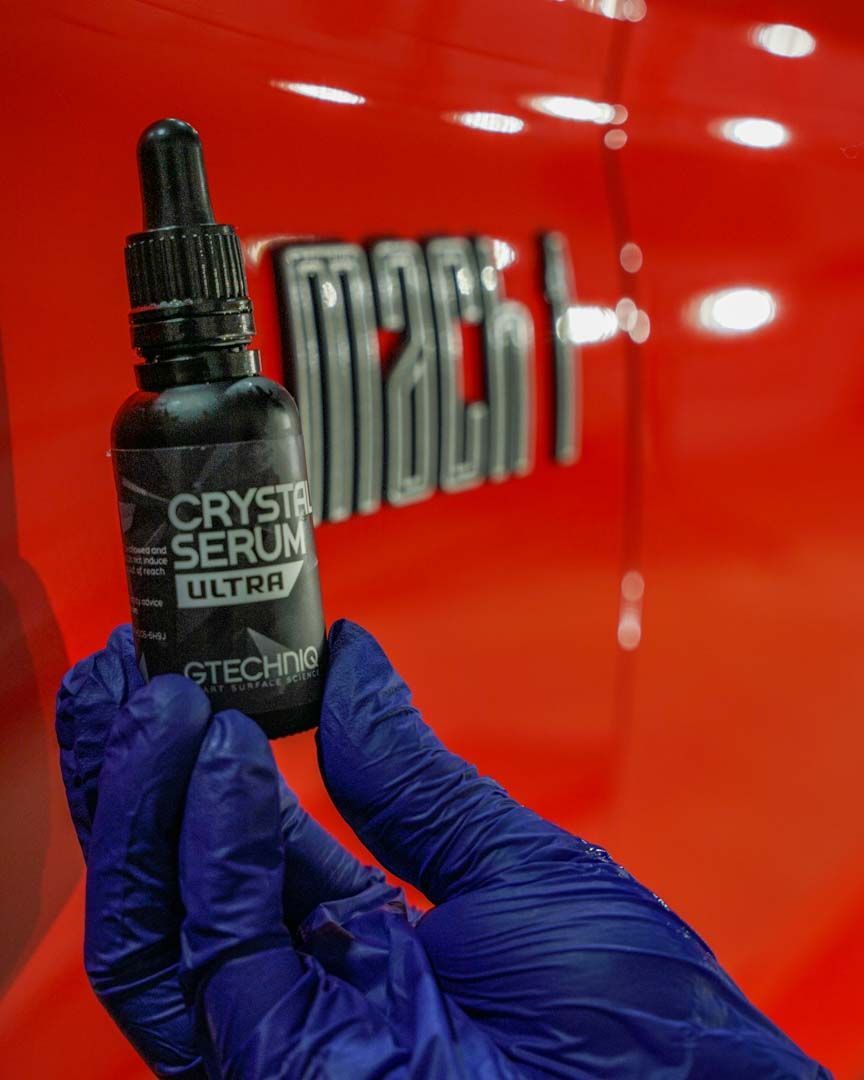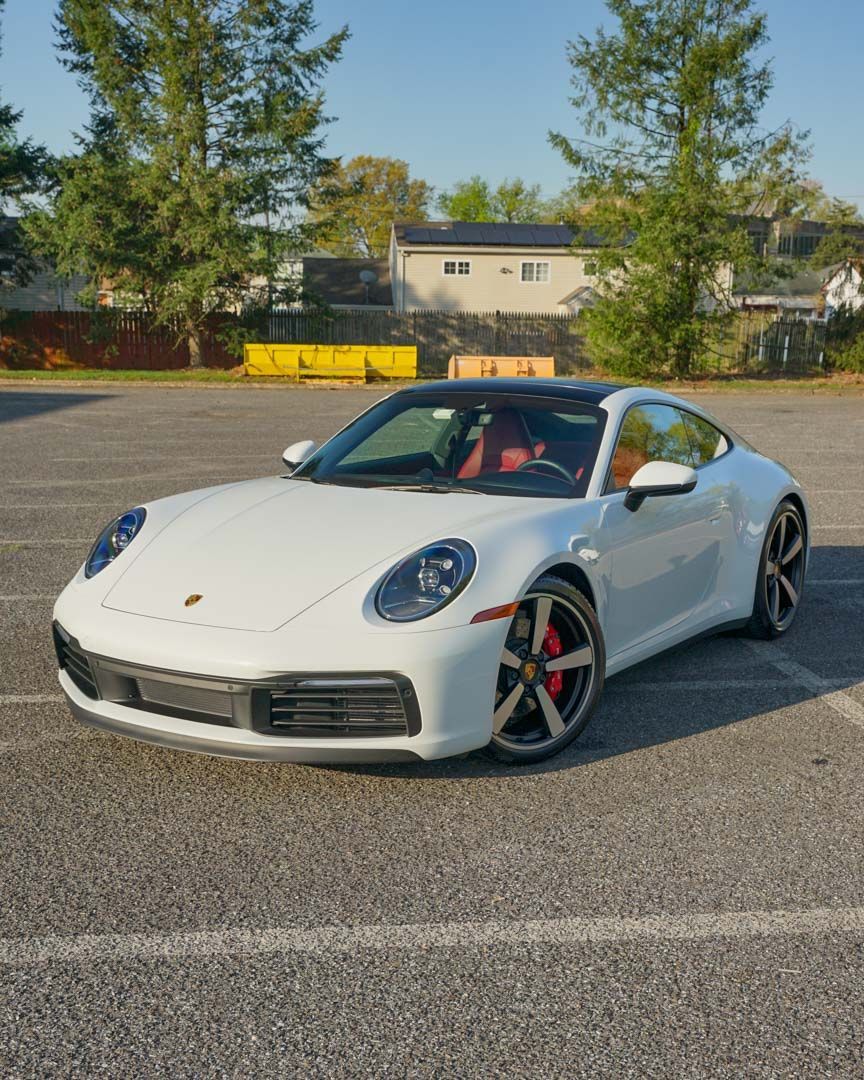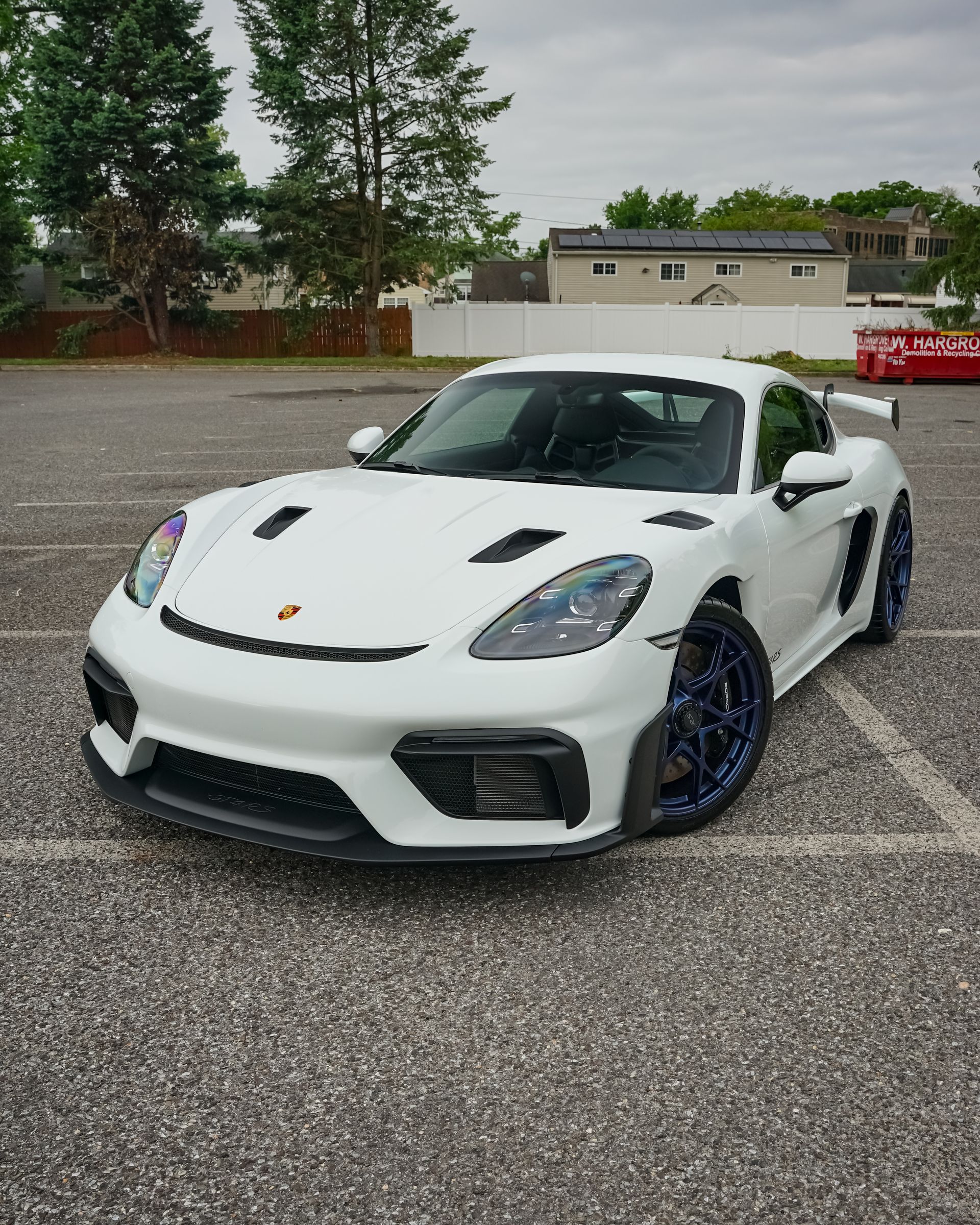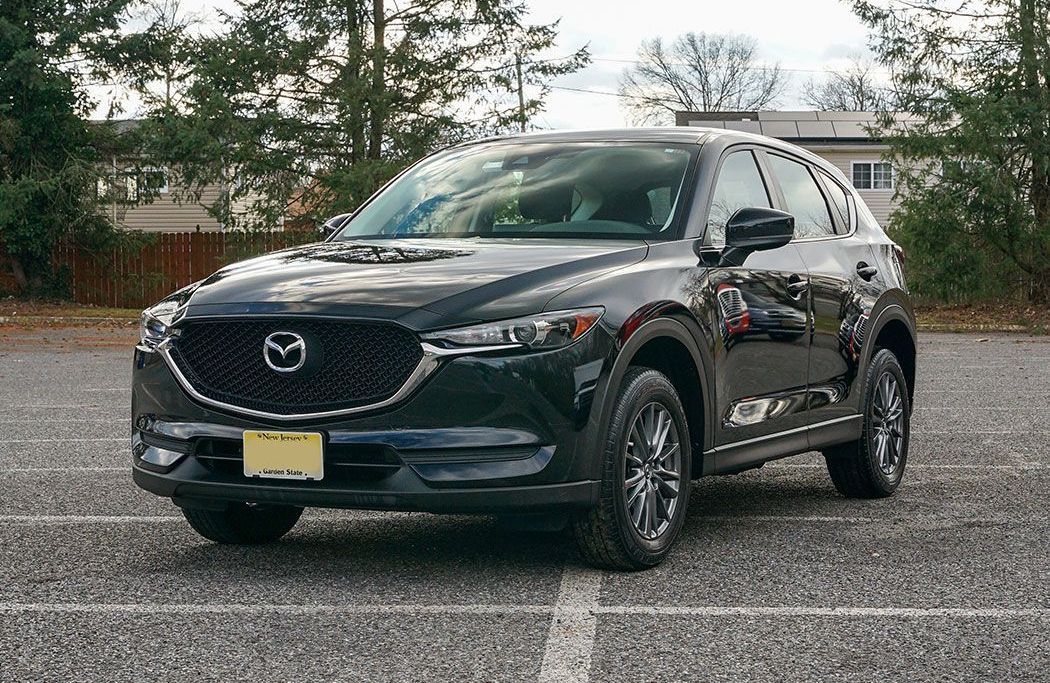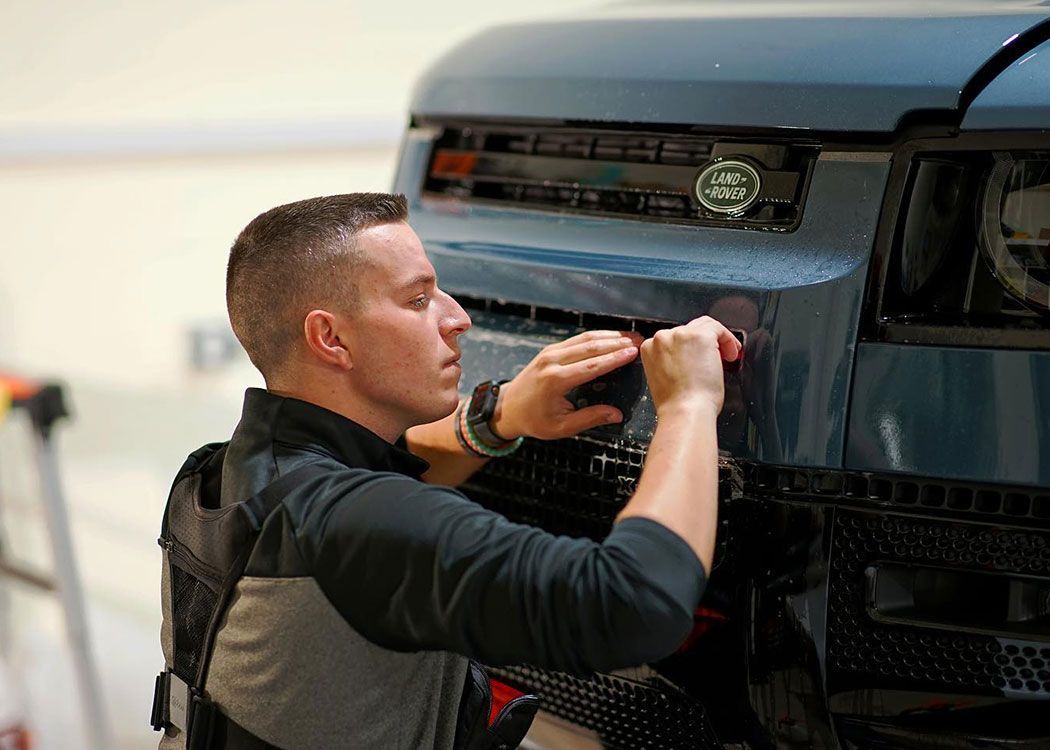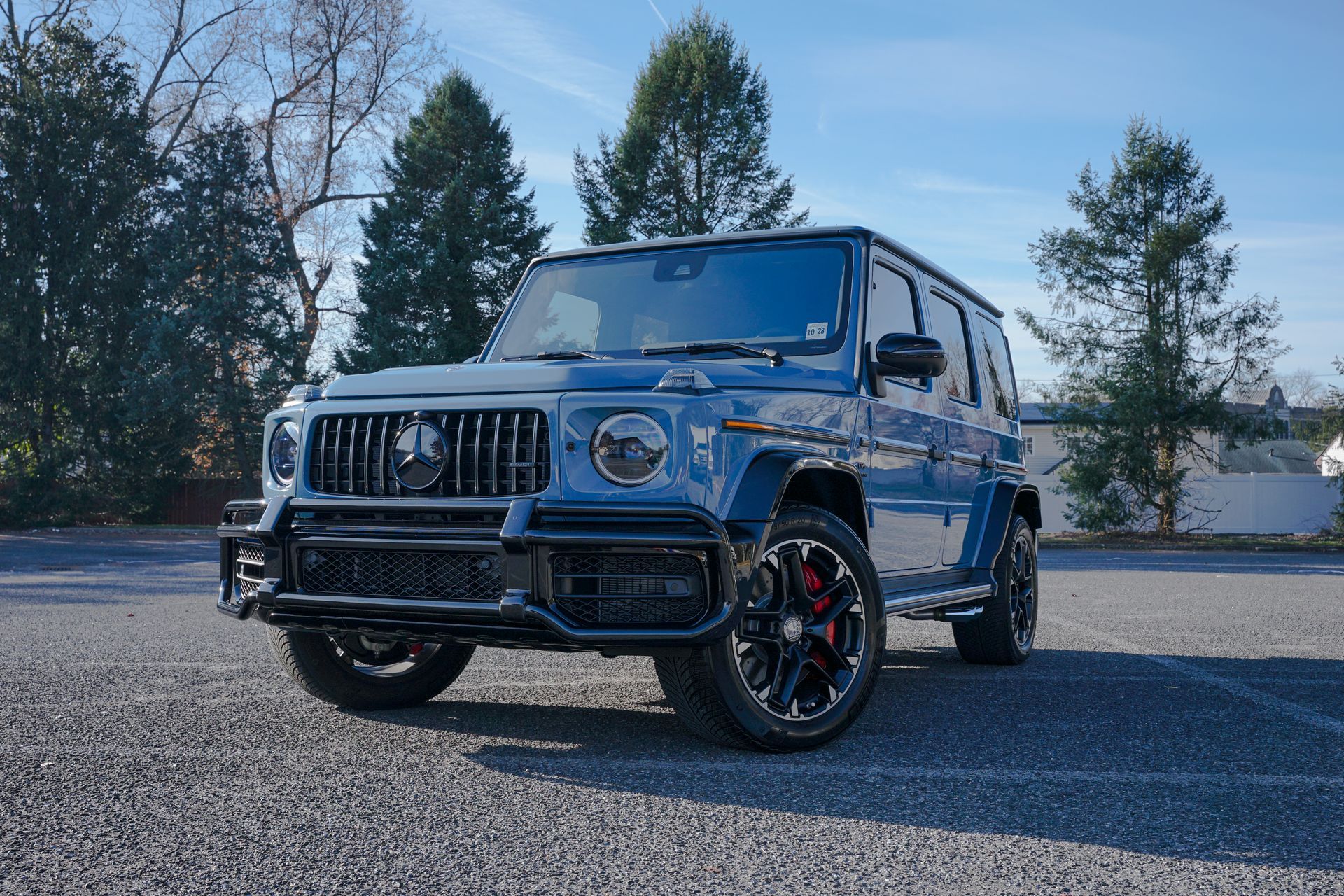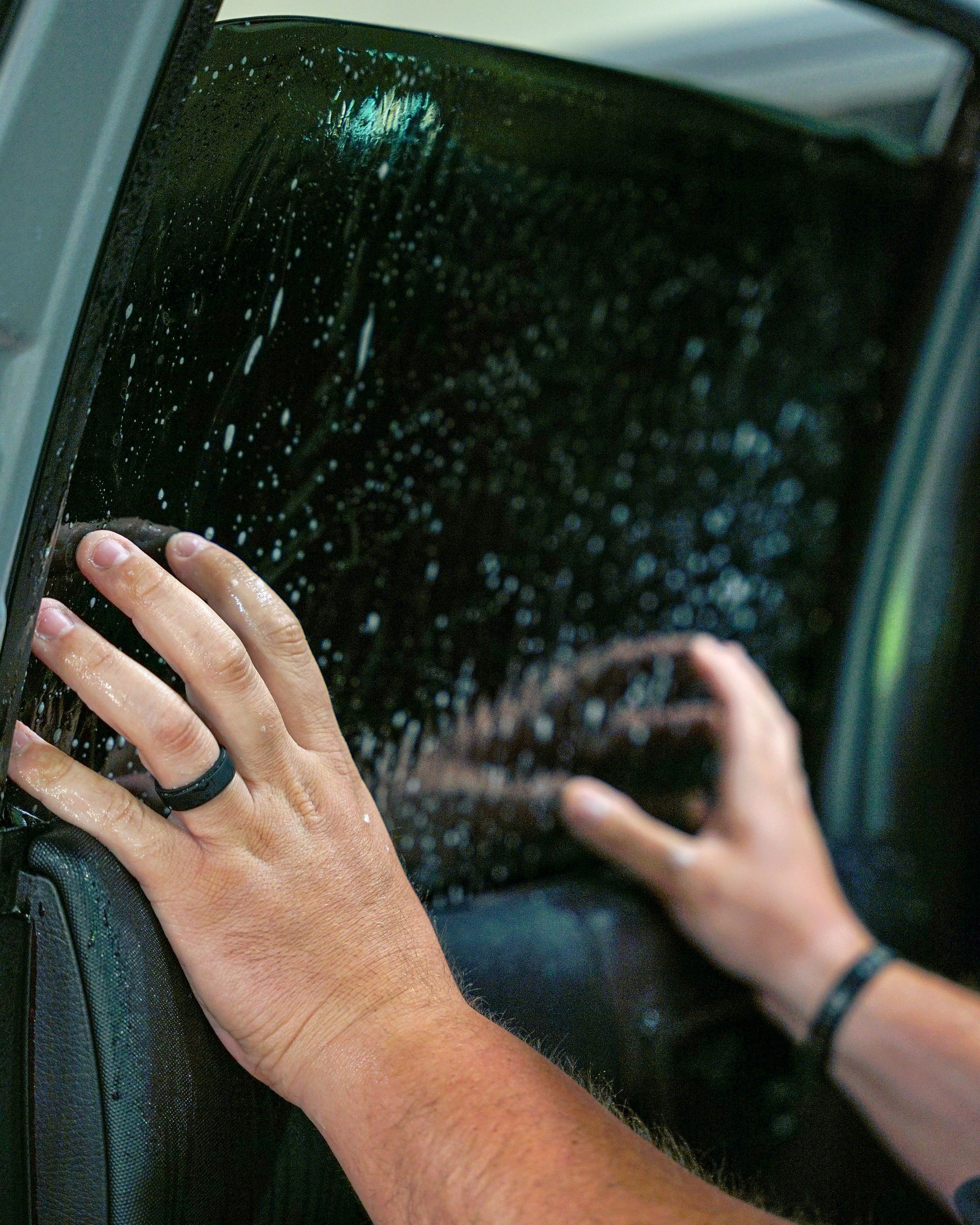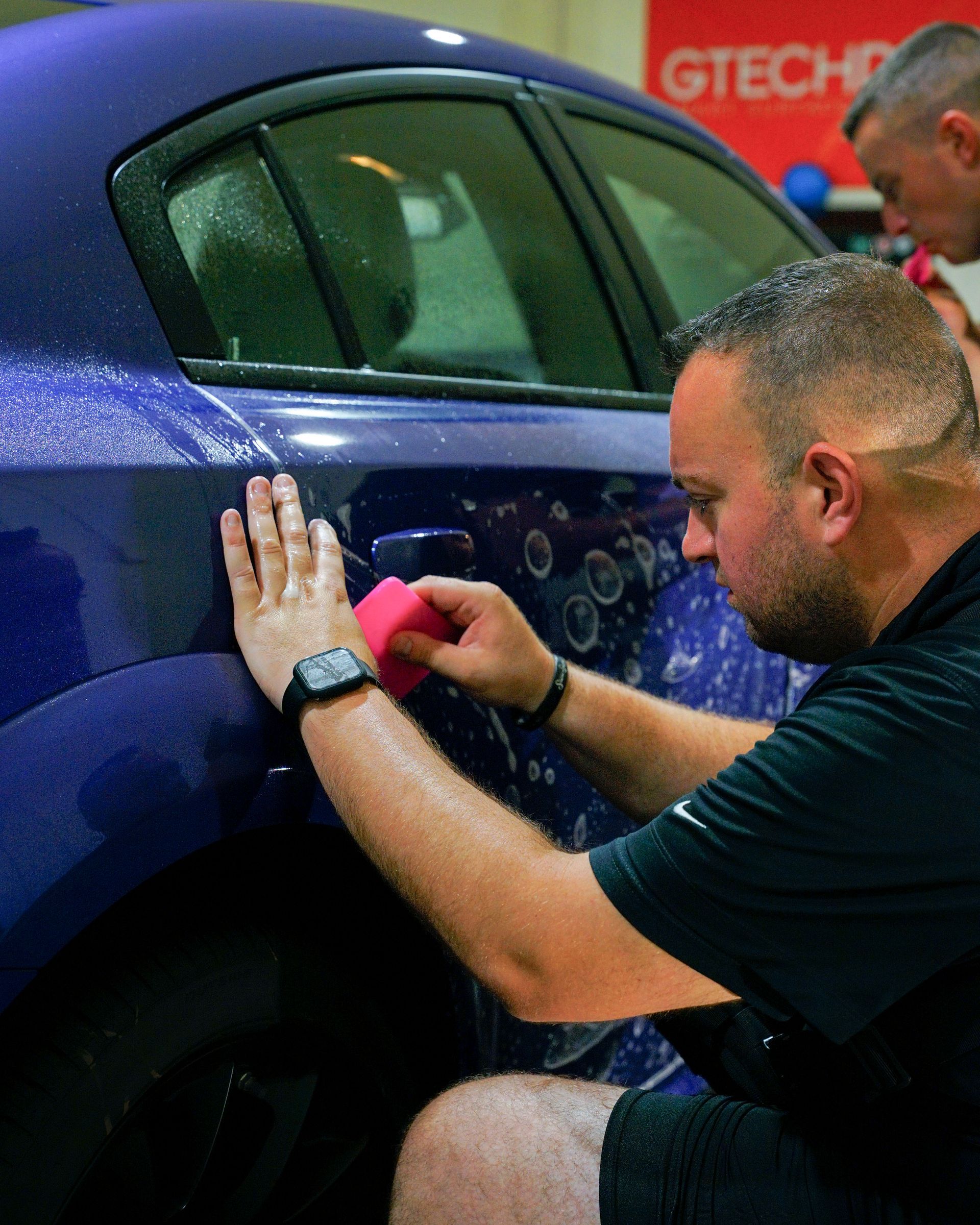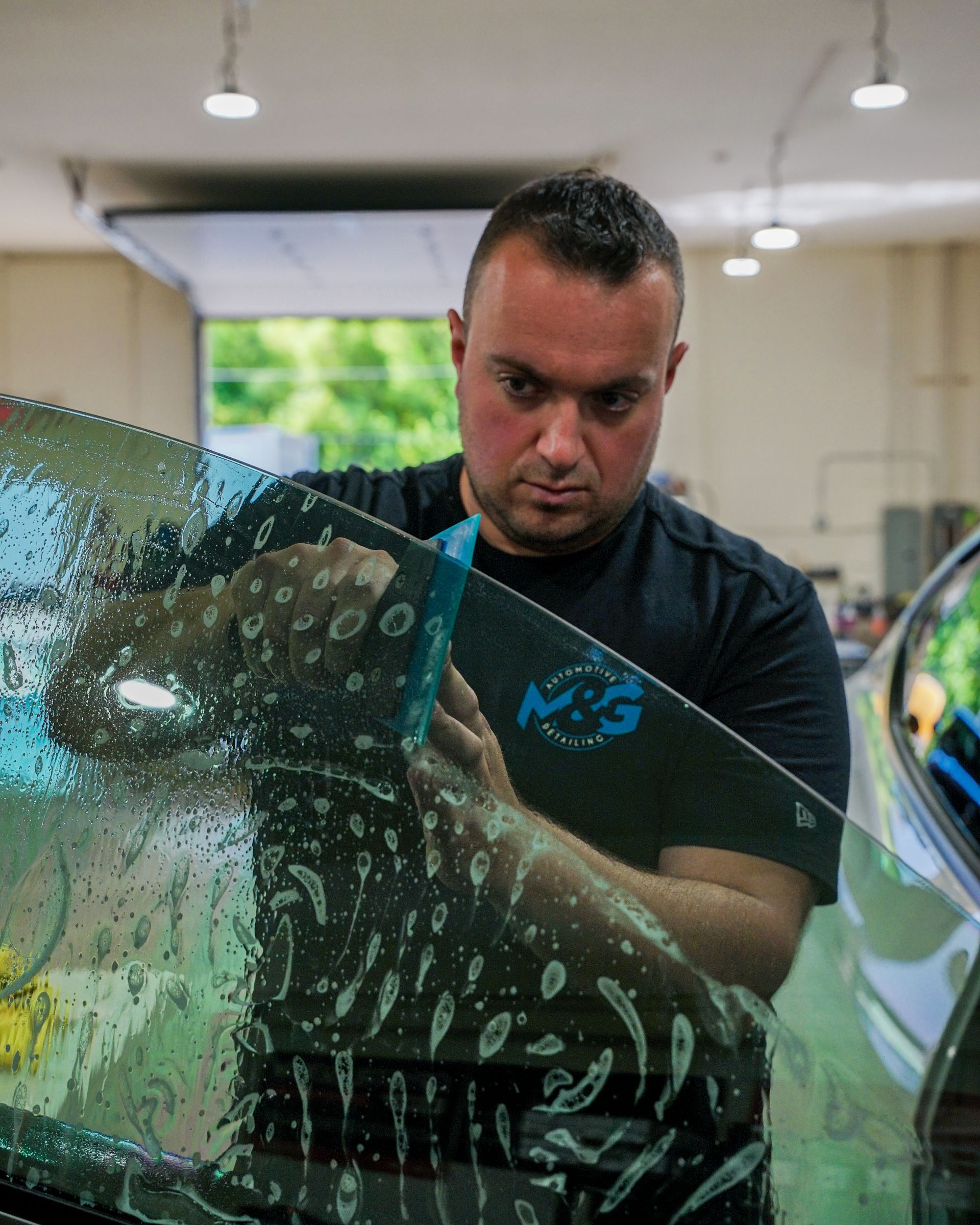Choosing the Right Type of Professional Ceramic Coating: A Comprehensive Guide
When it comes to protecting your vehicle, finding the right professional ceramic coating can feel like looking for a needle in a haystack. With so many options available, each boasting its own unique advantages, how do you choose the best one for your needs? The key lies in understanding that not all coatings are created equal; they vary in durability, application complexity, and even price.
To choose the right type of professional ceramic coating, consider factors such as your budget, desired durability, and application complexity. Research different types of coatings available—such as silica-based, ceramic polymer, and nanocoating—while also evaluating user reviews and warranty options from reputable brands to ensure you select a product that will provide optimal protection and aesthetics for your vehicle.
Types of Professional Ceramic Coatings
Ceramic coatings come in various types, each tailored to meet a range of preferences and requirements.
Silica-Based Coatings
First up, we have silica-based coatings. These are often the entry-level options in the ceramic coating world, making them quite appealing for those new to ceramic protection. Silica-based coatings offer moderate protection against environmental hazards while remaining easy to apply. Their affordability makes them an accessible choice for many vehicle owners eager to enhance their car's appearance. Silica-based coatings generally last anywhere from 1 to 2 years, depending on driving conditions and how well you maintain the coated surface. If you frequently venture off-road or live in harsh weather, consider how these factors may affect the lifespan of your coating.
Ceramic Polymer Coatings
As we step up from silica-based offerings, we encounter ceramic polymer coatings. These coatings are celebrated for their superior durability and chemical resistance, as well as remarkable protection against UV rays. This robustness makes them suitable for daily drivers and those who want long-lasting results. On average, ceramic polymer coatings shine with a lifespan of approximately 2 to 5 years, assuming proper maintenance is honored. Regular washes and occasional detailing processes ensure they continue performing optimally while keeping contaminants at bay.
Nanocoating
Finally, let’s explore the premium tier: nanocoatings. Nanocoatings represent the pinnacle of ceramic technology, providing the thinnest yet most protective layer on your car’s paint. These advanced formulations not only shield your vehicle but also significantly enhance its appearance, imparting a stunning gloss that turns heads wherever you go. With proper care, nanocoatings can last an impressive span of up to 7 years. This long-term longevity makes them ideal not only for luxury vehicles but also for high-performance cars that demand top-tier care to maintain their aesthetics and functionality long-term.
Matching Coatings to Car Needs
Selecting the right ceramic coating for your vehicle isn't merely about picking the first one you see; it’s an intricate balancing act that takes into account how you use your car, where you live, and how much care you're willing to put into it. For instance, if you're driving daily in a bustling environment filled with dirt, grime, and occasional downpours, you’ll want a solution that stands tough against wear and tear. This means opting for robust options like ceramic polymer coatings.
- Daily Drivers: For cars that hit the road day in and day out, especially those exposed to varying weather conditions or heavy traffic, a quality coating remains crucial. High-quality ceramic coating has a formulation that creates a strong barrier against UV rays and environmental contaminants while offering outstanding longevity—often lasting several years with appropriate upkeep. Users rave about its balance of protection and ease of maintenance. Thus, this type of coating supplies the necessary durability formulation that doesn't require excessive time for cleaning routines.
- Seasonal Vehicles: If your pride and joy is a classic convertible brought out only on sunny weekends or during special occasions, you'll find comfort in the advanced technology of nanocoatings. These coats are notably formulated to offer prolonged protection with minimal physical contact from the owner after application. Water spots disappeared as quickly as they appeared under rain showers, ensuring his sports car retained its aesthetic appeal effortlessly. Nanocoatings thrive for such applications, offering impressive shine while simplifying your maintenance routine.
- Show Cars: For show cars or high-end luxury vehicles, appearance is as much an asset as performance, making nanocoatings well worth considering. Not only do these coatings provide superior protection against UV damage and environmental contaminants, they also impart a mirror-like finish that turns heads wherever you drive. This means lesser chances of clouding over time due to environmental factors while keeping that jaw-dropping gloss intact through rain showers or dust storms. Vehicles remain their stunning shine even years post-application—truly the ideal goal for anyone invested in their vehicle's visual allure.
Exploring further into what makes these coatings special brings light to key aspects like glossiness and hydrophobicity.
Key Features: Gloss and Hydrophobicity
Let's discuss the high gloss finish that a ceramic coating can provide. The level of gloss a coating offers plays a crucial role in your car's aesthetics. A glossy finish enhances the paint's depth and vibrancy, transforming an ordinary vehicle into something extraordinary. For instance, nanocoatings often lead the pack by delivering such a high degree of shine that they can make a car look as if it just rolled off the showroom floor. They are known to amplify the richness of your vehicle's color, turning heads wherever you go.
The allure of that sleek appearance goes beyond mere vanity; it serves practical purposes. A glossy surface not only looks great but also helps better repel dirt and grime. When surfaces are smooth and reflective, contaminants find it harder to stick, meaning you spend less time washing your car to maintain its beauty. Imagine trying to polish a dull magnet; it wouldn't attract much attention! Now consider how easy it is to keep a shiny car looking pristine—much more appealing!
Now let’s shift gears from gloss to hydrophobic properties, referring to a ceramic coating's ability to repel water. A coating with high hydrophobicity is essential because it fundamentally changes how your car interacts with the elements. Picture rain pouring down on your freshly coated vehicle; instead of pooling and leaving behind unsightly water spots, the droplets simply bead up and roll away effortlessly. This protective mechanism not only keeps your vehicle cleaner for longer but dramatically eases your cleaning routine.
High-performance coatings are praised for their excellent hydrophobic capabilities. These products allow raindrops to glide off with minimal resistance, reducing the risk of mineral deposits that could ruin your beautiful finish over time. Moreover, this property acts as an additional line of defense against environmental factors. It sheds not only water but also dirt and road grime that can damage the paintwork. Given that maintenance is often perceived as an arduous task for car enthusiasts and everyday drivers alike, investing in a coating with high hydrophobicity makes everyday upkeep significantly more manageable.
Professional Application Insights
Professional ceramic coating application is not just a paint job; it's an investment in your vehicle's longevity and appearance.
Application Steps
- Surface Preparation: A successful ceramic coating begins long before the application. Imagine scrubbing every inch of your car and using clay bars to smooth out any embedded particles. This meticulous process transforms the surface into a near-perfect canvas for the coating. It can be akin to preparing a blanket before starting a quilt; this initial cleaning ensures good adhesion and prevents future issues caused by trapped dirt or contaminants.
- Paint Correction: Once the surface is prepped, we tackle imperfections like scratches or swirl marks. This step is critical; even minor flaws will stand out once the ceramic coating is applied. Applying corrective polish removes those imperfections and enhances the paint's clarity, creating a brilliant gloss that reflects light beautifully. It’s similar to getting a haircut before a big event—your hair looks better when it’s neat!
- Coating Application: Professionals apply the ceramic coating with precision, often in controlled environments, to mitigate contamination risks such as dust and debris. Applying layer by layer allows for better coverage, ensuring each coat adheres perfectly before applying another one. Think of it like icing a cake; each layer needs just enough pressure to adhere but not so much that it disturbs what lies beneath.
- Curing Period: After application comes one of the most vital parts—the curing period. During this time, ideally in a temperature-controlled space for at least 24 hours, the layers bond fully to the car's surface. Curing requires patience but offers significant rewards; this waiting phase solidifies protection against anything life might throw its way—think of it as allowing cookies to cool so they don't crumble upon touching.
By grasping these crucial insights and steps involved in ceramic coatings, you're prepared to ensure lasting beauty and functionality for your vehicle, making it essential to explore effective strategies for ongoing care and upkeep.
Longevity and Maintenance Tips
Proper ceramic coating maintenance is essential for preserving the protective qualities and visual appeal of your vehicle. By following a consistent care routine, you can help ensure that your ceramic coating lasts as long as possible while keeping your car looking pristine. Here’s a breakdown of key maintenance practices to keep your ceramic coating in top condition.
- Regular Washing: Washing your car every two to four weeks is crucial for maintaining the coating’s integrity. Using a pH-neutral shampoo designed for coated surfaces helps remove contaminants without stripping away the coating’s protective qualities. This regular cleaning routine prevents dirt and grime from dulling the finish.
- Opt for Hand Washing: Automated car washes with abrasive brushes can scratch and degrade the ceramic coating’s protective layer. Hand washing allows you to control the tools used, minimizing damage and preserving the coating. Use microfiber towels to avoid swirls or scratches, keeping the coating’s pristine appearance intact.
- Avoid Harsh Chemicals: Using harsh polishes or waxes can quickly wear down a ceramic coating, diminishing its effectiveness. Opt for cleaning products specifically formulated for ceramic-coated vehicles to protect the finish. These specialized products maintain the coating’s quality without causing unnecessary wear.
- Adjust Maintenance Seasonally: Seasonal changes may require adjustments to your maintenance routine to address varying environmental factors. Regular inspections are essential to detect any early signs of wear or damage to the coating. By promptly addressing issues like worn spots or stubborn contaminants, you ensure continuous protection.
- Investing in Regular Inspections: Routine inspections help you spot potential issues before they escalate into costly repairs. Visual checks can reveal thin spots in the coating or adhered contaminants that need special attention. By addressing these issues early with ceramic-specific touch-up products, you can maintain long-term protection.
Proper ceramic coating maintenance is an investment in your vehicle’s longevity, beauty, and value. By following these practices, you keep your car looking showroom-fresh and well-protected for years.
Alternatives to Ceramic Coatings
While ceramic coatings stand out for their durability and effectiveness, other protective measures can also safeguard your vehicle’s appearance.
- Wax and Sealants: One of the most popular alternatives is traditional wax and synthetic sealants, known for their ease of use and immediate shine. However, these solutions typically need reapplication every couple of months, which might become tedious for some car owners. Wax acts as a natural barrier against environmental elements, while sealants offer synthetic protection with greater durability. Both create a glossy surface that enhances your car’s aesthetic appeal but utilize different formulations. If you're in a climate with frequent rain or snow, sealants might be the better option due to their longer-lasting properties. However, if you're looking for that vibrant shine often associated with classic car enthusiasts, waxing could be ideal—just be prepared to dedicate time to reapply regularly.
- Paint Protection Film (PPF): A paint protection film serves a different purpose altogether. By applying a clear film to your car's most vulnerable surfaces—such as bumpers, hoods, and side mirrors—you get enhanced defense against chips, scratches, and dings from road debris. This solution is perfect for those who drive frequently in urban environments or on highways where wear and tear occurs more regularly. The beauty of a paint protection film lies in its protective qualities and transparency; when installed correctly by professionals, it remains virtually invisible while resisting UV rays and chemical degradation. Though PPF may come at a higher sticker price and requires professional installation, it provides peace of mind for maintaining your vehicle's integrity over time.
Ultimately, there are numerous alternatives available for protecting your vehicle. Understanding the distinct features allows you to make informed decisions on how best to preserve your prized automobile effectively.
Top Ceramic Coating Installers in Cherry Hill, NJ
Give your vehicle lasting protection and a sleek, flawless finish with M&G Automotive Detailing's top-notch ceramic coating in Cherry Hill, NJ. Our skilled team uses high-quality ceramic coatings to safeguard your car's paint from stains, UV damage, and environmental contaminants while adding a stunning gloss. Enjoy the confidence that comes from expert care, meticulous attention to detail, and a finish designed to withstand the test of time. Ready to bring out the best in your vehicle? Contact M&G Automotive Detailing today to learn more about our ceramic coating services! Call us at (609) 923-3123 to get started!
